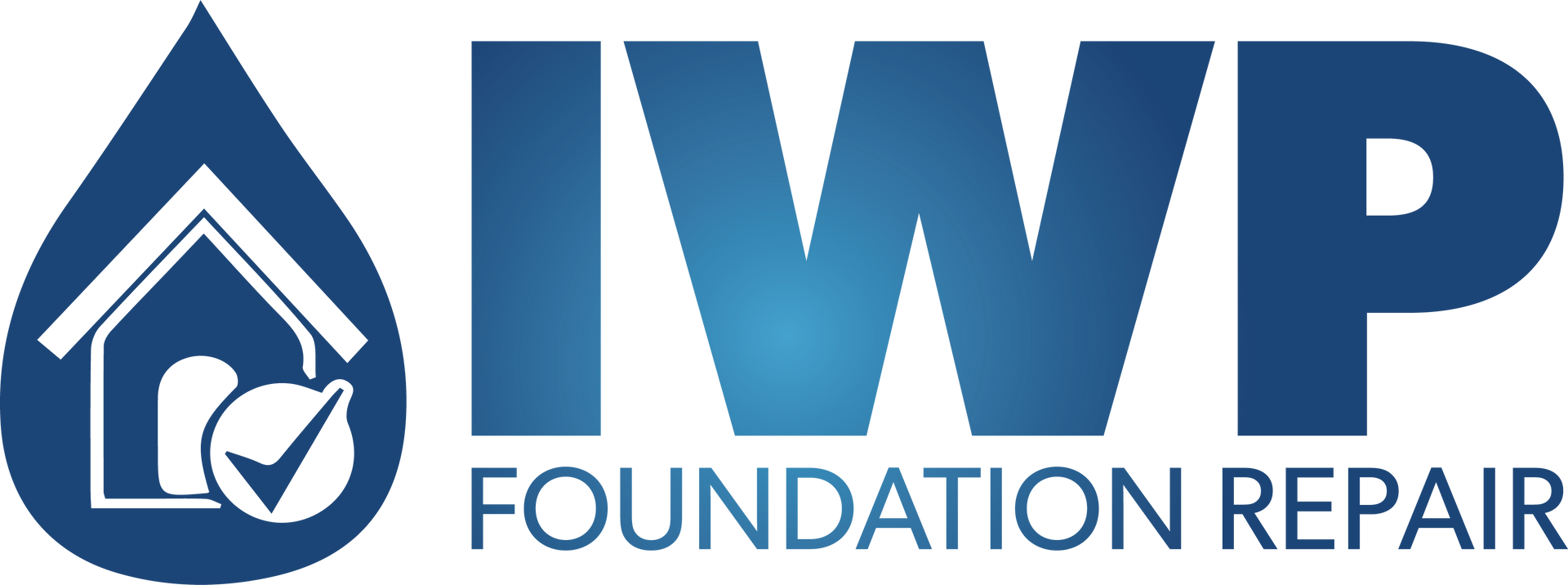Innovations in Foundation Repair Technology: Enhancing Efficiency and Effectiveness
Foundation repair is a critical aspect of maintaining the structural integrity of buildings. Traditional methods, while effective, can be invasive, time-consuming, and costly. Recent advancements in foundation repair technology have significantly improved the efficiency and effectiveness of these repairs, providing more durable solutions with less disruption. This article explores some of the latest innovations in foundation repair technology and how they benefit homeowners and the construction industry.
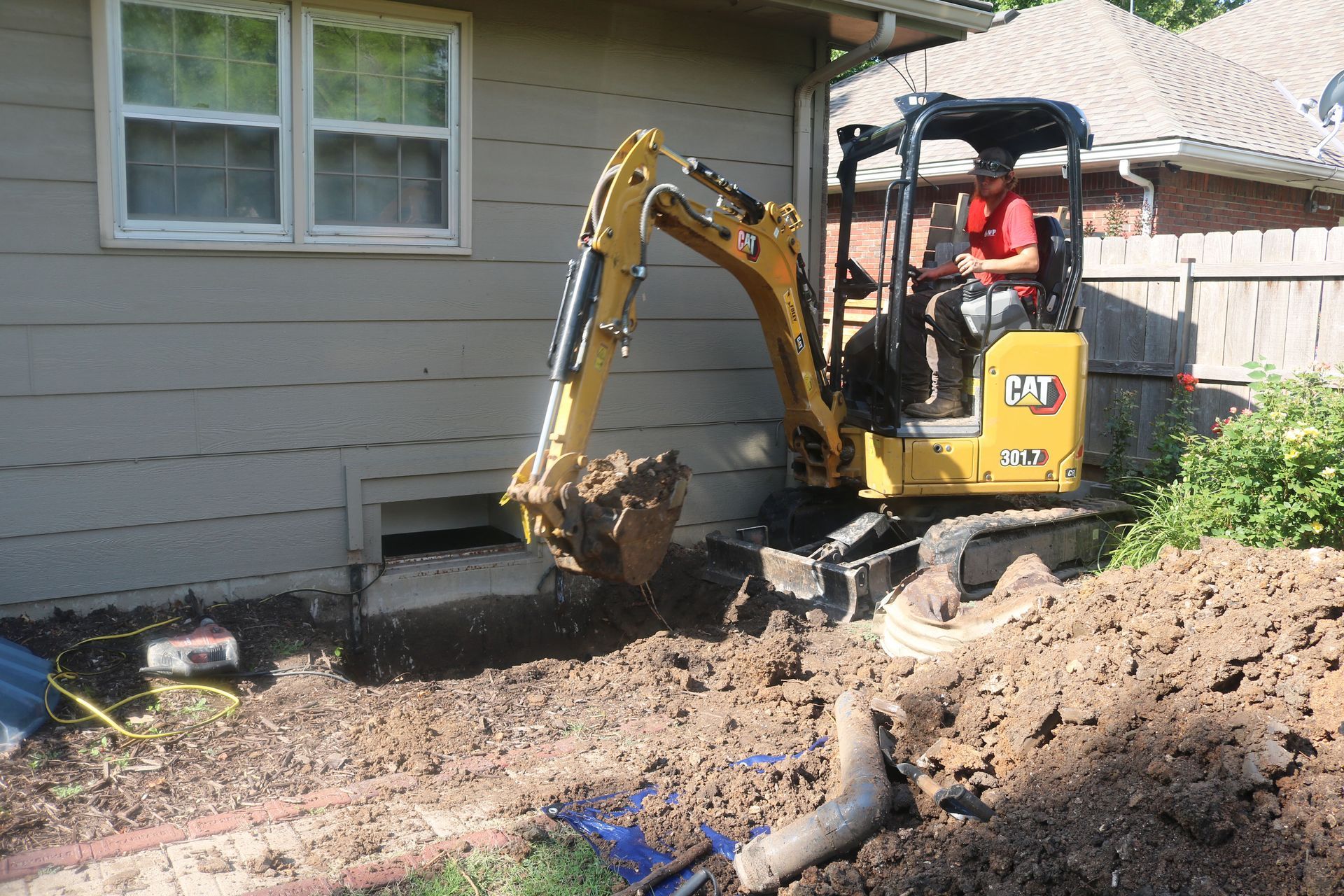
1. Helical Piers
How They Work: Helical piers, also known as helical piles or screw piles, are steel shafts with helical plates that are screwed into the ground to support or lift the foundation. They are particularly useful in unstable soil conditions where traditional foundations might fail.
Advantages:
- Minimal Disturbance: Installation is less invasive, requiring smaller equipment and causing minimal disruption to the surrounding area.
- Load-Bearing Capacity: Helical piers provide immediate load-bearing capacity, making them ideal for time-sensitive projects.
- Versatility: Suitable for a wide range of soil conditions and applications, from residential to commercial buildings.
2. Polyurethane Foam Injection
How It Works: Polyurethane foam injection involves injecting a two-part polymer that expands and hardens beneath the foundation, filling voids and stabilizing the soil. This method is used to lift and level sunken foundations and slabs.
Advantages:
- Quick Application: The foam sets rapidly, allowing for quick repairs and minimal downtime.
- Precision: Provides precise lifting and stabilization, prevent over-lifting and further damage.
- Lightweight: The foam is lightweight, reducing the burden on the underlying soil compared to traditional mudjacking methods.
3. Carbon Fiber Reinforcement
How It Works: Carbon fiber strips or sheets are applied to foundation walls to reinforce and stabilize them. These materials are adhered to the walls using high-strength epoxy resins.
Advantages:
- High Strength: Carbon fiber is incredibly strong and durable, providing significant reinforcement without adding bulk.
- Non-Invasive: Installation is non-invasive, with no need for heavy machinery or extensive excavation.
- Corrosion-Resistant: Unlike steel, carbon fiber is resistant to corrosion, ensuring long-term stability and performance.
4. Small Sensors and Monitoring Systems
How They Work: Smart sensors and monitoring systems are installed in and around the foundation to continuously monitor the structure's condition. These systems can detect shifts, cracks, and moisture levels, providing real-time data to homeowners and professionals.
Advantages:
- Early Detection: Continuous monitoring allows for early detection of potential issues, preventing minor problems from becoming major repairs.
- Data-Driven Decisions: Provides detailed data that can inform repair strategies and ensure precision in addressing foundation issues.
- Remote Monitoring: Many systems offer remote monitoring capabilities, allowing homeowners and professionals to keep an eye on the foundation from anywhere.
5. Micropiles
How They Work: Micropiles are small-diameter piles drilled into the ground and filled with high-strength grout. They are used to reinforce existing foundations or support new ones in challenging soil conditions.
Advantages:
- High Load Capacity: Despite their small size, micropiles can support significant loads.
- Flexibility: Can be installed in tight or confined spaces where traditional piles cannot be used.
- Minimal Vibration: Installation causes minimal vibration, making them suitable for use near sensitive structures.
6. Geopolymer Injection
How It Works: Geopolymer injection involves injecting a high-strength, environmentally friendly material into the soil beneath the foundation. This material binds with the soil to improve its load-bering capacity and stabilize the foundation.
Advantages:
- Eco-Friendly: Made from industrial by-products, geopolymers are a sustainable alternative to traditional materials.
- Rapid Setting: The material sets quickly, allowing for rapid repair and stabilization.
- Versatility: Suitable for a variety of soil conditions and can be used to address multiple types of foundation issues.
Innovations in foundation repair technology have revolutionized the way structural issues are addressed, offering more efficient, effective, and sustainable solutions. Helical piers, polyurethane foam injection, carbon fiber reinforcement, smart sensors, micropiles, and geopolymer injection represent just a few of the advancements that are transforming the industry. These technologies not only improve the durability and stability of foundations but also minimize disruption and reduce the environmental impact of repairs. Homeowners and professionals alike can benefit from these cutting-edge methods, ensuring that buildings remain safe and structurally sound for years to come. By staying informed about these innovations, homeowners can make better decisions about maintaining and repairing their properties, ultimately protecting their investments and enhancing their quality of life.
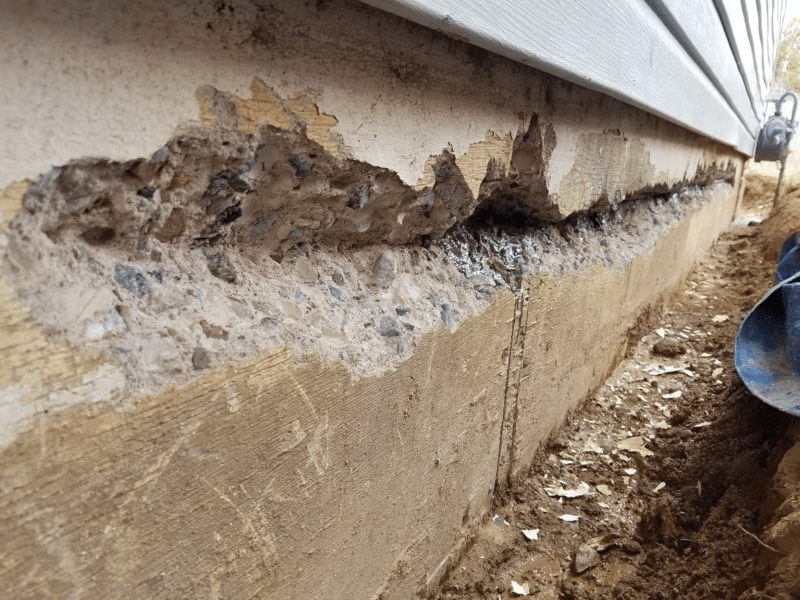
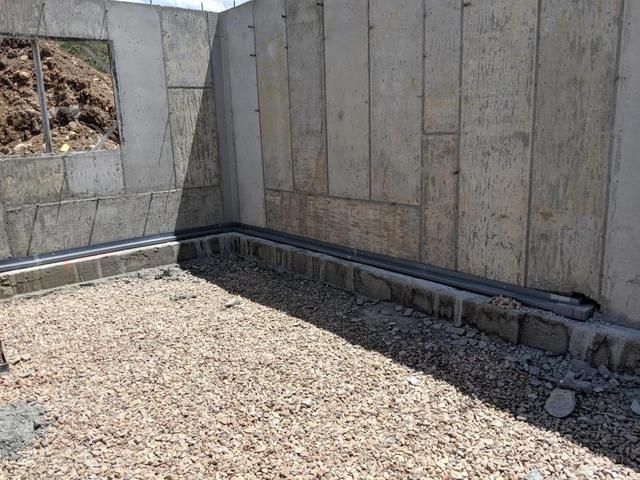


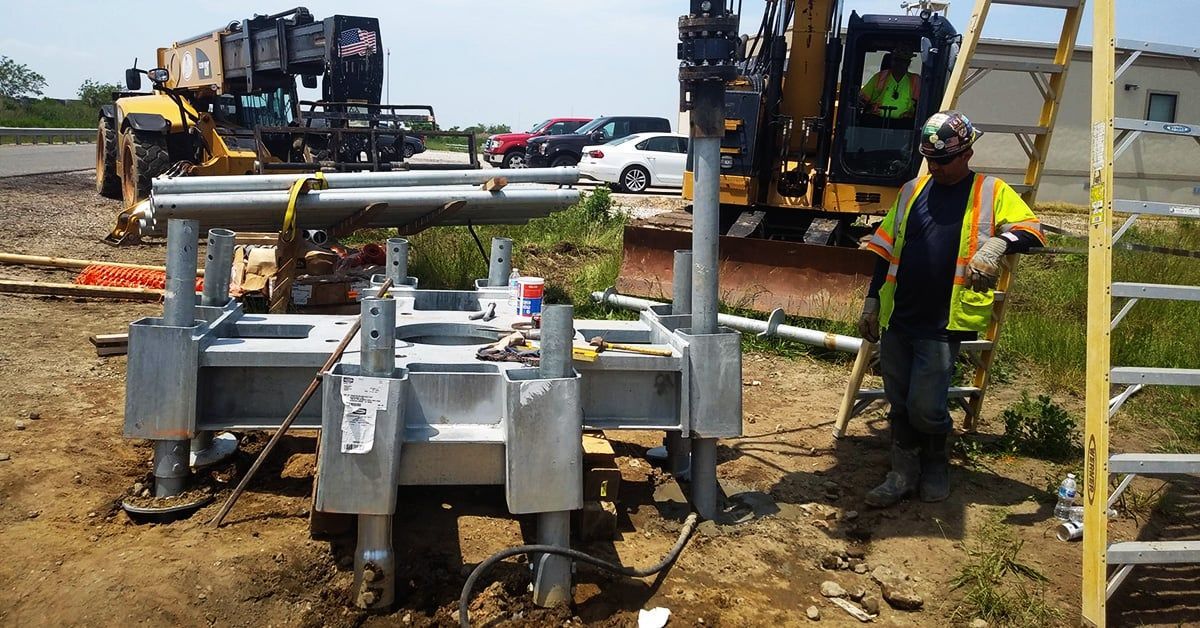





HAVE PEACE OF MIND WITH IWP FOUNDATION REPAIR
With over 30 years of combined experience in the business, you know that you can trust our team to get the job done right the first time. We value the customer experience, which is why we take the time to listen to your concerns, answer all your questions, and explain the best plan of action for your home. If you’ve noticed any foundation issues at all, no matter how minor they seem, you should call a professional. Our expert team is waiting for you, so call today for a free evaluation!
